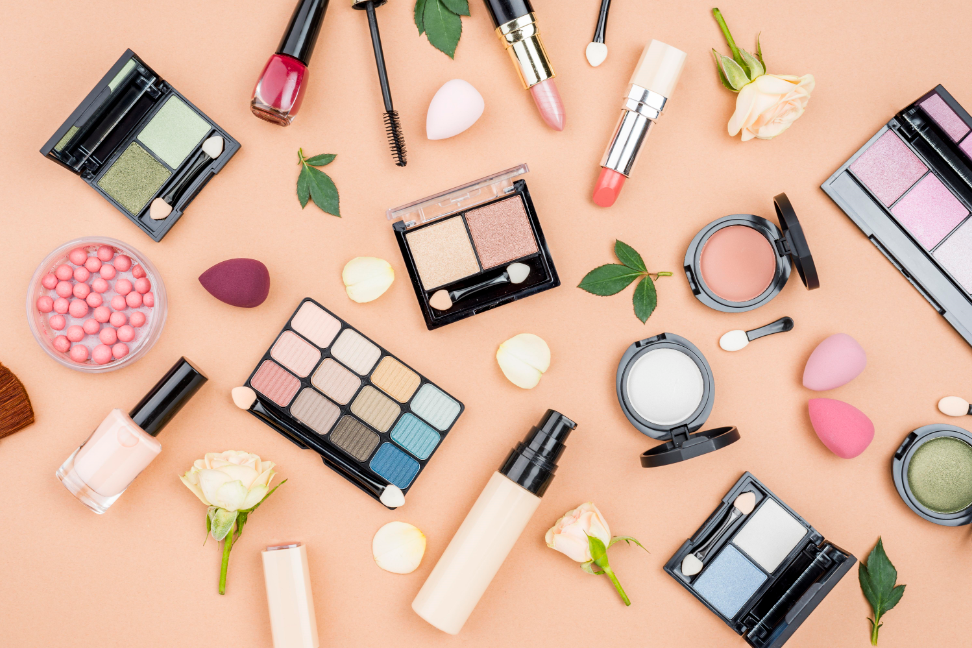
The quest for sustainability has reached all industries and affected the way people shop in stores and online. Consumers want more transparency from the brands they buy regarding how they are produced and what ingredients are used.
In today’s world, more people are conscious about what they put on their face and on their body and want to know that what they use is good for them and the planet. Going green is not just another trend; it is leading the way forward in consumerism.
People want to buy products that are better for the environment and reduce waste in their daily lives. With new innovations in design, concepts and material used in products, as well as knowledge about how daily habits contribute to environmental issues, eco-friendly practices will be part of the standards for consumers in the 21st century.
One industry that is becoming greener and will continue to do so in the future is the beauty industry. Skincare and cosmetics is big business around the globe with many brands and countless products to choose from. They include items like makeup foundation, lipstick, face wash, and moisturizer. According to Common Thread Review, the market worldwide for these products is estimated to reach $716.3 billion by 2025, with 24% of that in North America. They are part of a woman’s routine and a good portion of their income goes to buying them. This industry also generates a significant amount of waste, a fact that beauty brands and consumers have recognized and are taking action to reduce their carbon footprint.
Typically, when beauty products are bought, they are used up and the containers are thrown out. This amount of plastic packaging worldwide is around 120 billion units every year, along with the leftover chemicals and additives. Most of it is not recycled, having a negative impact on ecosystems, with this waste that ends up in landfills and waterways, harming plants and animals. With more information and awareness about consumer habits contributing to pollution, brands are shifting to packaging and formulas that are better for the earth.
What makes for an eco-friendly product has several factors. One factor is that it consists of more natural and organic ingredients that are better for people and the earth. For years, there have been calls by consumers for products that are ethical, cruelty-free, and non-toxic. This means formulas that are not tested on animals, and are “cleaner”, more “green” with less artificial additives, parabens, and preservatives, which are better for people. They are better than standard regulations for consumer products. When these products are made, they aim to do so with cleaner, more ethical standards.
Among the younger generations like millennials and Generation Z, there is a growing preference for eco-friendly products. Social media and beauty experts influence what they buy and they want to know their products are effective and better for the planet. Marketing research company Grand View Research reports that the organic skincare market is projected to reach $25.11 billion globally by 2025.
There are efforts for the packaging to be more eco-friendly as well, by being recycled, reused and biodegradable. Some brands are created around being sustainable, and many existing ones are finding ways to reduce their carbon footprint. They can use paper and aluminum containers, make containers with less plastic, or go plastic-free. There are even brands like Lush and Simple Ecology aiming to go zero-waste, working to having nothing end up in a landfill.
There are several beauty companies that already adopt eco-friendly practices, such as Tata Harper, Juice Beauty, Josie Mara, and Ecco Bella. Other companies, big and small, are taking note and starting to switch up their product lines to be more sustainable. In the digital age, beauty gurus and social media have influence on what consumers buy. This could lead to different and inventive ways of buying and using items that are cleaner, greener, and which develop into smarter, better shopping.
Moreover, there are environmental organizations like 5 Gyres taking steps to try to ban certain ingredients in skincare and cosmetics to reduce waste. Some action has already been done, like a ban on plastic microbeads in the U.S. and other countries like Canada and parts of Europe. Microbeads are so small they can’t be recycled and contribute to pollution, so plastic in all sizes is a big problem. Environmental groups, activists, and consumers who care are trying to change policies for business and ecosystems. With legislation and business effort, consumers and companies can make progress on reducing the environmental impact the beauty industry makes.
Going green will be a model for skincare and cosmetics companies to adopt. It may be a slow process, but more brands will adopt eco-friendly practices to stay competitive and relevant to consumers. New ideas, better ingredients, and technology will help “green” makeup and skincare become more mainstream. Sustainability will become more important, a driving force to make better products that are environmentally friendly. In addition, their accessibility at major retailers in-store and online will increase use and demand.
You may also like
A Guide to Blue Beauty: How to Make Your Beauty Routine Ocean-Friendly
How to Create Good Habits and Help the Environment
3 Eco-Friendly Habits for Everyone in the Family
Promoting an Eco-Friendly Lifestyle from the Comfort of Your Home
